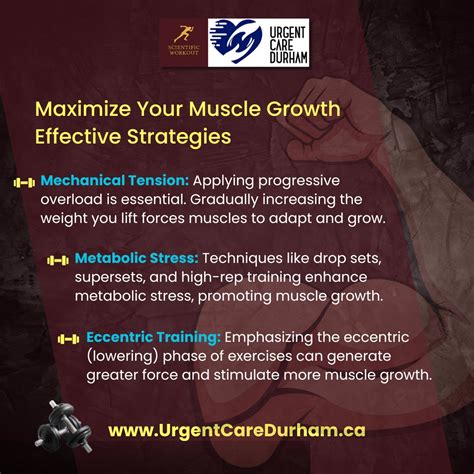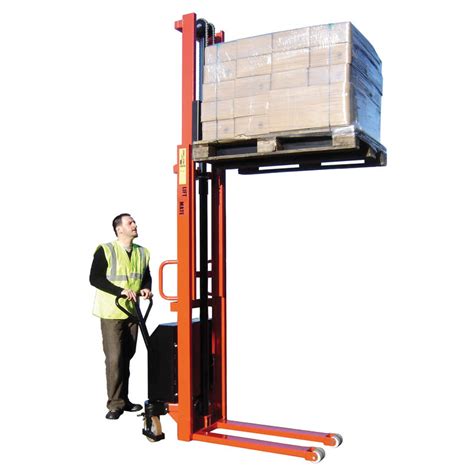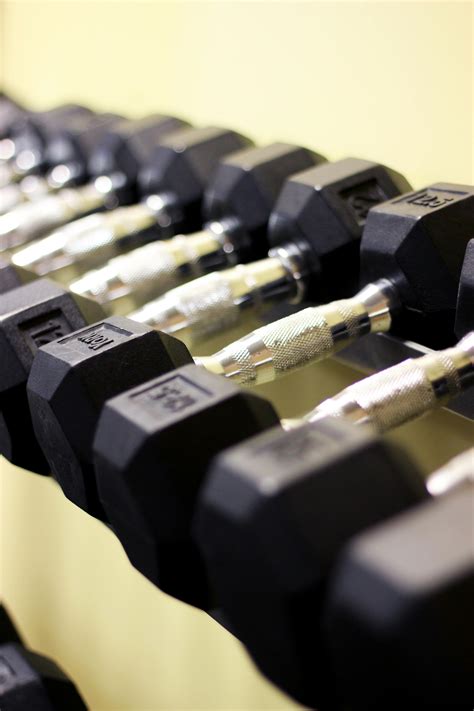Maximize strength: What advanced progressive overload techniques truly shatter plateaus?

Understanding the Plateau Predicament
Every dedicated lifter eventually encounters the dreaded strength plateau. That point where your usual progressive overload methods—adding a little weight or an extra rep—stop yielding results. What was once a steady climb now feels like hitting a brick wall. This isn’t a sign of failure; it’s a natural signal that your body has adapted to your current demands. To continue progressing, you need to introduce a new, more advanced stimulus.
While the fundamental principle of progressive overload remains constant (you must continually challenge your body to grow stronger), the methods for achieving it must evolve. Sticking to the same routine when progress stalls is a recipe for frustration. It’s time to delve into techniques that push past comfort zones and force new adaptations.

Beyond the Basics: Advanced Progressive Overload Principles
Basic progressive overload often involves linear progression: simply adding weight to the bar or increasing repetitions. While highly effective for beginners and intermediates, this approach has diminishing returns. Advanced lifters need to manipulate variables beyond just weight and reps. This includes changes in training volume, intensity, frequency, exercise selection, and tempo, all designed to create a novel stressor that forces the body to adapt further.
The goal is to provide a sufficient stimulus without leading to overtraining. This requires careful planning and an understanding of how different advanced techniques impact recovery and performance. Integrating these methods strategically can unlock gains you thought were impossible.
Shattering Limits: Advanced Techniques to Implement
1. Cluster Sets: Precision Power Blasts
Cluster sets involve short, pre-planned rest periods (10-20 seconds) within a single set. Instead of performing 5 reps straight, you might do 1 rep, rest 15 seconds, 1 rep, rest 15 seconds, and repeat for 5 reps. This allows you to perform more reps with heavier weights than you could typically manage in a traditional straight set, increasing total volume at a higher intensity.
This technique is fantastic for neurological adaptation, boosting power output and strength by allowing for brief recovery of ATP and CP stores between mini-sets. It’s particularly effective for compound movements like squats, deadlifts, and bench presses.

2. Wave Loading & Daily Undulating Periodization (DUP)
Wave loading involves cycling through different rep ranges and weights within the same workout or across a training week. For example, a wave might look like: Set 1 (5 reps @ 80%), Set 2 (3 reps @ 85%), Set 3 (1 rep @ 90%), then repeat the wave with slightly higher weights. This constant variation keeps the body guessing and prevents adaptation to a single rep scheme.
Daily Undulating Periodization (DUP) takes this a step further by varying training parameters (e.g., strength, hypertrophy, power) on a daily or session-by-session basis within a microcycle. One day might be heavy, low reps; the next, moderate weight, medium reps; and another, light weight, high reps. DUP has been shown to be superior to linear periodization for both strength and hypertrophy in many studies.
3. Accommodating Resistance (Bands & Chains)
Bands and chains add resistance that changes throughout the range of motion. Bands provide increasing tension as they stretch, meaning the lift gets harder as you approach lockout. Chains, when draped over the bar, gradually lift off the floor as you extend, also increasing the load towards the top of the movement.
This technique addresses the issue of varying strength curves, where you might be strongest at one part of a lift (e.g., lockout on bench press) but weaker at another (e.g., the bottom). By making the load heavier where you are strongest, accommodating resistance helps you overcome sticking points, improve power, and maximize muscle fiber recruitment.

4. Intensification Techniques: Drop Sets, Rest-Pause, Forced Reps, Negatives
- Drop Sets: After completing a set to failure, immediately reduce the weight and continue for more reps, often repeating this process multiple times. This maximizes muscle fatigue and metabolic stress.
- Rest-Pause: Perform a set to near failure, rack the weight, rest for a very short period (10-20 seconds), then perform a few more reps until failure again. This allows you to squeeze out additional reps at a high intensity.
- Forced Reps: With a spotter, push past failure by having them provide just enough assistance to complete 1-3 extra reps. This pushes the muscle beyond its normal limit.
- Negatives (Eccentric Training): Focus solely on the lowering (eccentric) phase of an exercise, often with a heavier-than-normal weight. The eccentric phase causes more muscle damage and can lead to significant strength gains and hypertrophy.
These techniques are brutal but highly effective for increasing training intensity and pushing past perceived limits. Use them sparingly and strategically to avoid overtraining.

5. Double Progression with Enhanced Volume/Density
While double progression (increasing reps, then increasing weight) is a basic principle, advanced application involves manipulating total volume (sets x reps x weight) or density (work performed per unit of time). This could mean:
- Increased Volume: Adding more sets or exercises while maintaining intensity, or increasing reps beyond typical strength ranges (e.g., 8-12 reps with challenging weight).
- Increased Density: Reducing rest periods between sets or completing the same amount of work in less time. This improves work capacity and conditioning, indirectly leading to strength gains.
These methods challenge your endurance and recovery capacity, forcing your body to adapt by becoming more efficient and resilient.
Smart Application and Integration
Implementing advanced progressive overload techniques requires smart programming. Don’t try to use all of them at once. Instead, focus on 1-2 techniques for a specific training block (e.g., 4-6 weeks) to see how your body responds. Periodize your training by cycling through different methods and intensities to avoid stagnation and overtraining. Listen to your body, prioritize recovery, and be willing to adjust your plan based on feedback.
The Holistic Approach: Recovery and Nutrition
No advanced training technique will yield results without adequate recovery and nutrition. When you push your body to new limits, it demands more fuel and more rest. Ensure you are consuming enough protein, carbohydrates, and healthy fats to support muscle repair and growth. Prioritize 7-9 hours of quality sleep per night, and consider active recovery like stretching or light cardio to aid in blood flow and reduce soreness.

Conclusion: Your Path to Unstoppable Strength
Plateaus are not roadblocks; they are signposts indicating it’s time to level up your training. By strategically incorporating advanced progressive overload techniques like cluster sets, wave loading, accommodating resistance, and various intensification methods, you can shatter previous strength limits. Remember to couple these aggressive training strategies with diligent recovery and nutrition. Embrace the challenge, be consistent, and watch as you unlock new levels of strength and power you never thought possible.









